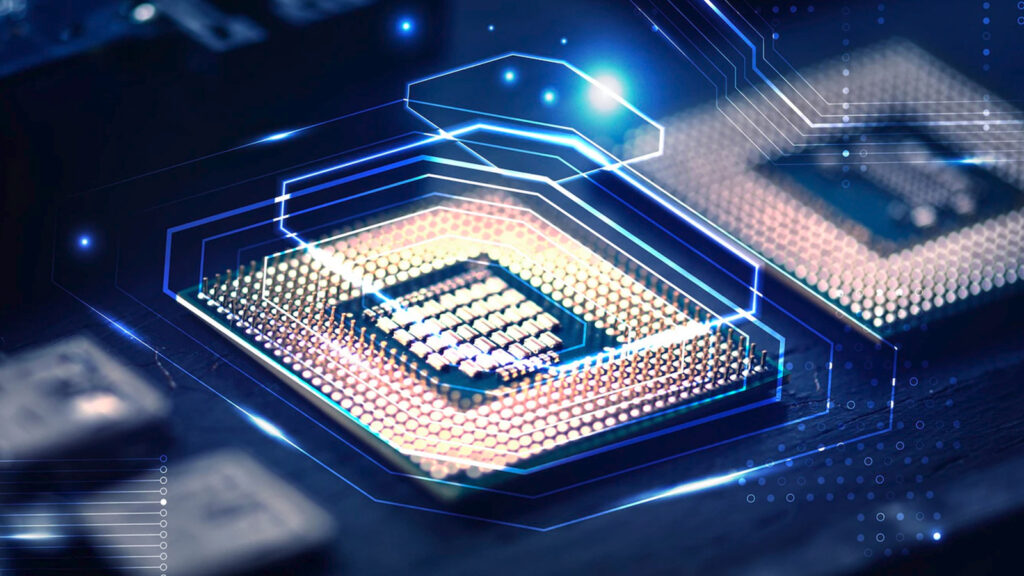WiMi Hologram Cloud a leading global Hologram Augmented Reality (“AR”) Technology provider announced the development of a digital reservoir (DR) computing system for real-time and energy-efficient signal processing.
DR technique is a feedback-based neural network algorithm. It takes the input signal as the initial state and projects it into a high-dimensional space for processing in a continuous iterative process. Because of its efficiency and scalability of reservoir technology, it has been widely used in speech recognition, image processing, the Internet of Things, etc. DR technology is a particular neural network structure. The reservoir pool consists of a set of randomly connected neurons connected randomly and fixed. In the reservoir pool, the input signals are mapped to the states of the neurons, and then after a certain period, the output signals are extracted. The states of the reservoir pool can be thought of as points in a high-dimensional space and, therefore, can be analyzed and processed using a dynamical systems approach.
The main advantage of DR technology is its excellent robustness and generalization ability. Robustness means that the technology can still accurately process the signal when there is noise or interference in the input signal. Generalization ability means the technology can process unseen data without retraining the model.
WiMi’s computing system combines a memristor circuit with DR technology for computing systems. There is an increasing demand for real-time and energy-efficient signal processing in computing systems. The memristor, a new type of electronic component, can simulate the dynamic behavior of neurons. At the core of such computing systems is a reservoir pool based on memristor circuits, which can process time-series data and enable efficient signal processing and computation.
Unlike traditional digital reservoir technology, WiMi’s system can be designed using analog circuitry to implement reservoir technology’s randomly connected neuron structure. The memristor enables high-speed, low-power analog computation and fast reset and initialization operations, ideally suited for reservoir pool construction.
In this system, the input signal of the reservoir can be analog or digital. And the output signal of the reservoir can be used for tasks such as classification, regression, and time series prediction. In addition, the system can use digital signal processing techniques, such as fast Fourier transform and wavelet transform, to further process the output signal of the reservoir.
The core principle of the system is to process the input signal through the reservoir and output the processed result by constructing a large-scale, high-dimensional, random reservoir and using the nonlinear dynamic property of the memristor. The reservoir is a dynamic system with memory that can transform and delay the input signal nonlinearly, thus improving the processing efficiency and accuracy of the signal. The input signal is pre-processed and fed into the reservoir in this system. The reservoir processes the signal through the nonlinear dynamic response of the memristor and outputs the processed results to a subsequent neural network or classifier for further processing. This system has the following advantages.

